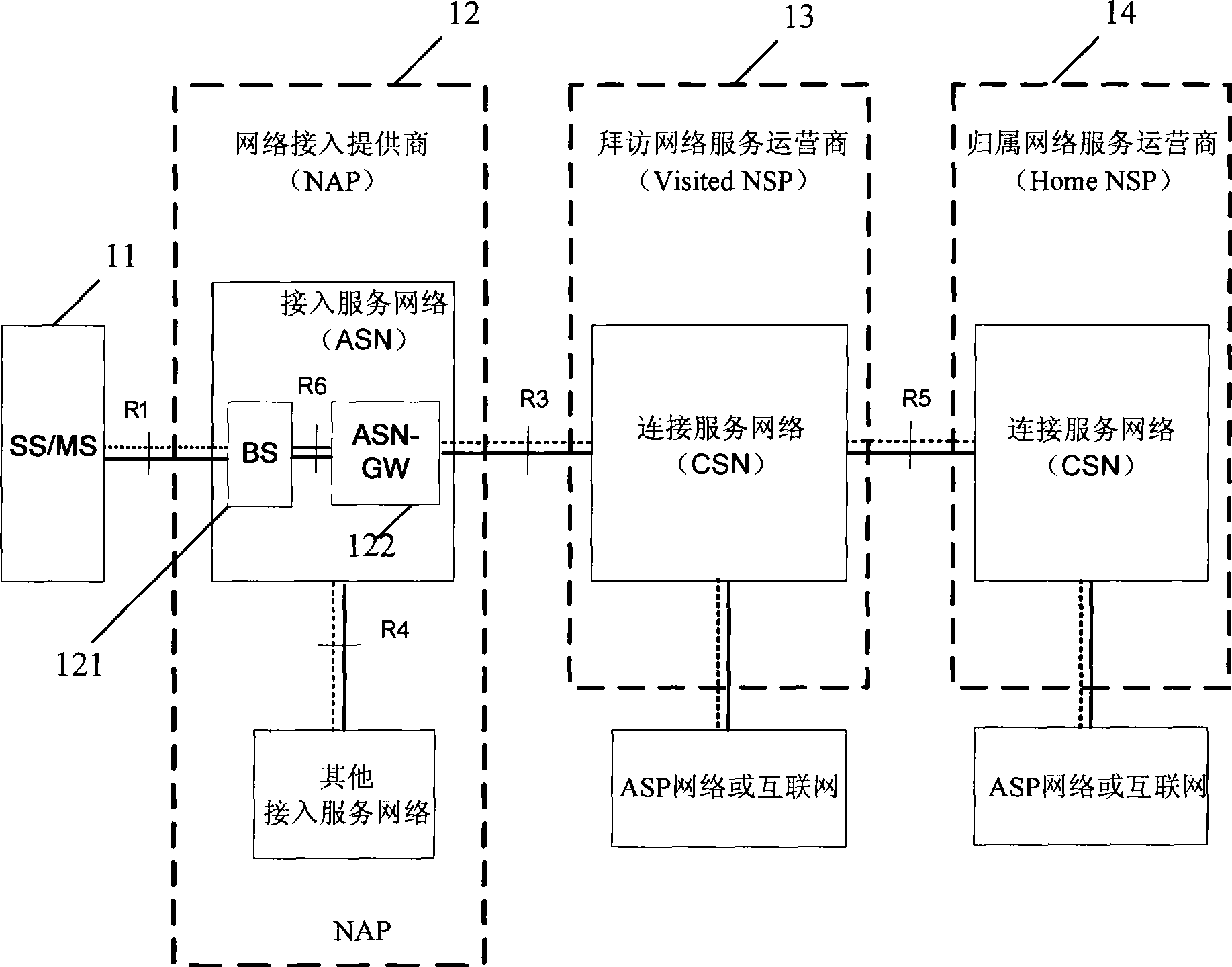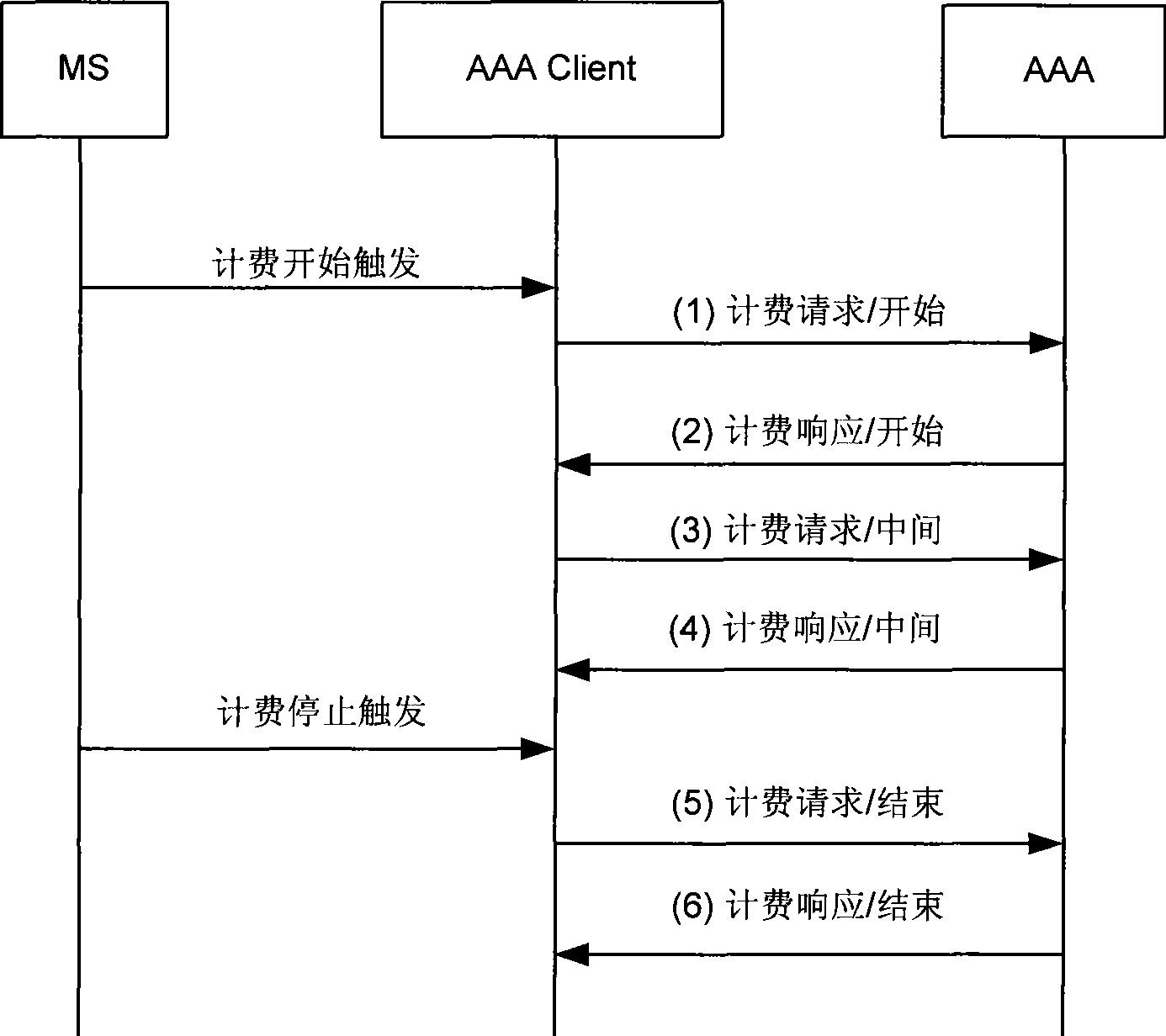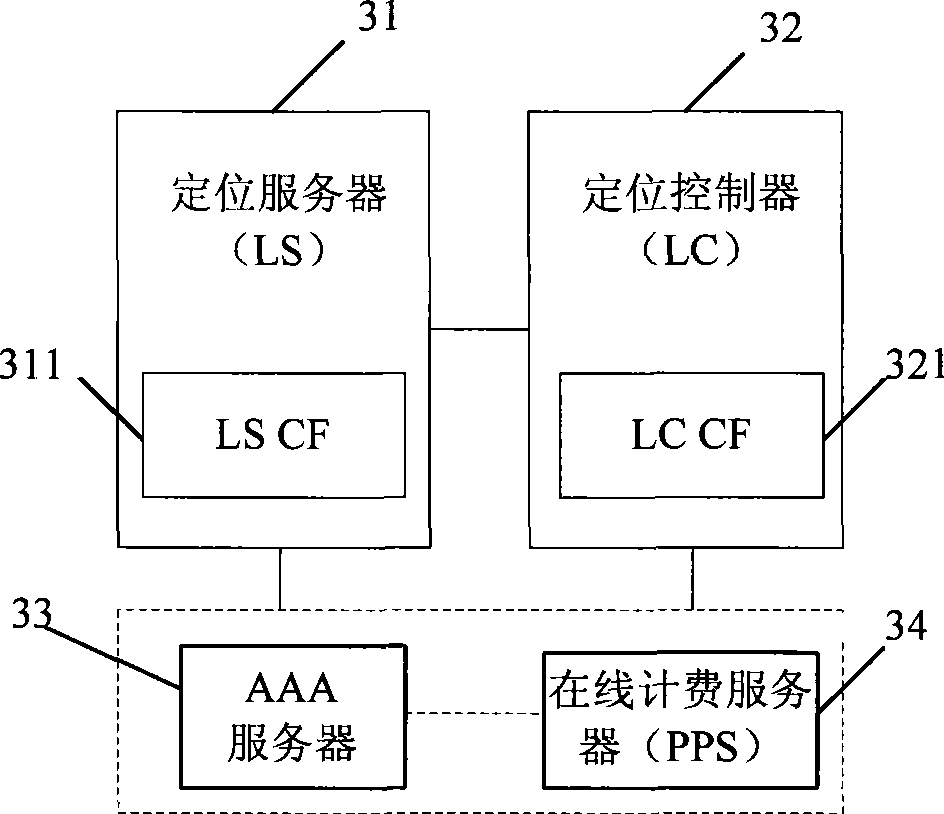Charging system and method for positioning service
A technology of positioning service and billing system, applied in the field of communication, can solve the problem that the billing requirements of positioning service cannot be met, etc.
- Summary
- Abstract
- Description
- Claims
- Application Information
AI Technical Summary
Problems solved by technology
Method used
Image
Examples
Embodiment Construction
[0034] In order to enable those skilled in the art to better understand the solutions of the embodiments of the present invention, the embodiments of the present invention will be further described in detail below in conjunction with the drawings and implementations.
[0035] The embodiment of the present invention aims at the characteristics that the positioning service is different from general services (such as voice service and video service), and adopts an event-based charging method to realize charging in different positioning scenarios.
[0036] First, refer to image 3 The schematic structural diagram of the billing system of the embodiment of the present invention is shown:
[0037]In this system, it includes: a location server (Location Server, LS) 31, a location controller (Location Controller, LC) 32, and a billing server. The billing server can be the AAA server 33 in the figure, or it can be the The online billing (prepaid) server (Pre-Paid Server, PPS) 34 in th...
PUM
 Login to View More
Login to View More Abstract
Description
Claims
Application Information
 Login to View More
Login to View More - R&D
- Intellectual Property
- Life Sciences
- Materials
- Tech Scout
- Unparalleled Data Quality
- Higher Quality Content
- 60% Fewer Hallucinations
Browse by: Latest US Patents, China's latest patents, Technical Efficacy Thesaurus, Application Domain, Technology Topic, Popular Technical Reports.
© 2025 PatSnap. All rights reserved.Legal|Privacy policy|Modern Slavery Act Transparency Statement|Sitemap|About US| Contact US: help@patsnap.com



